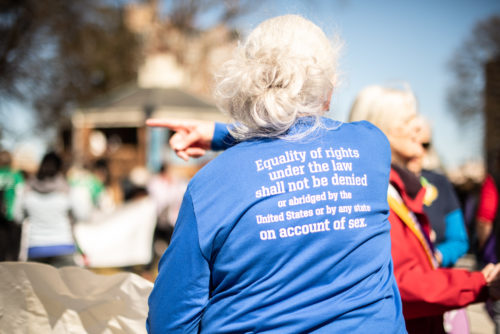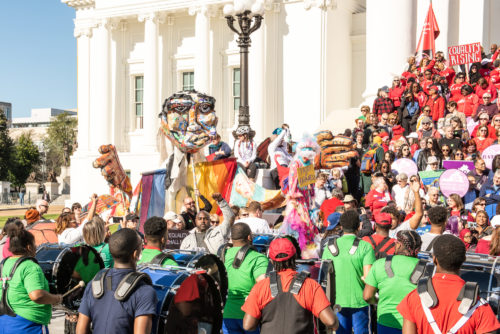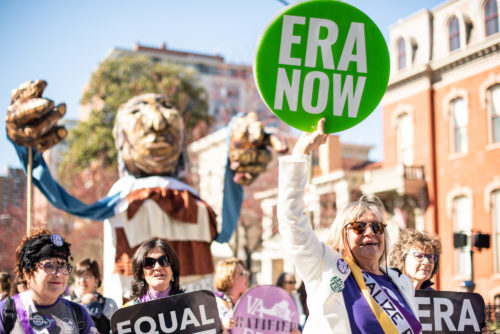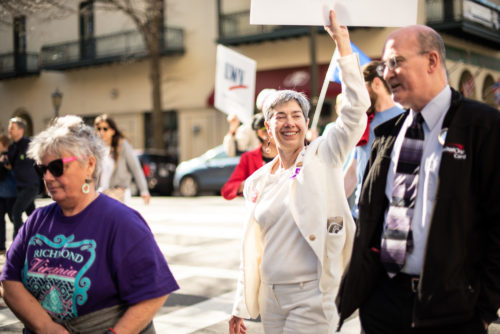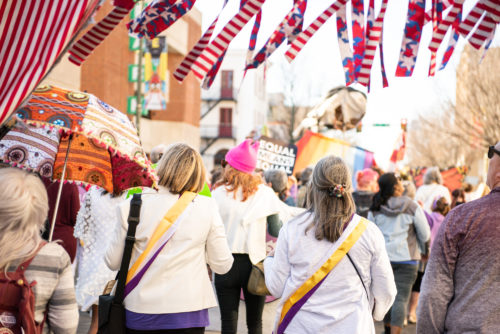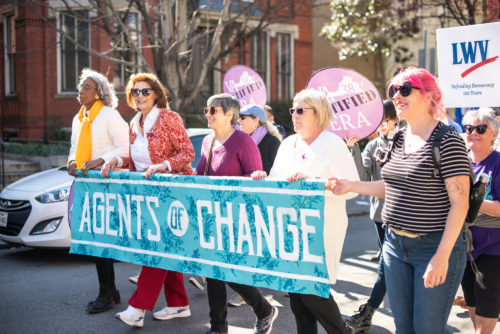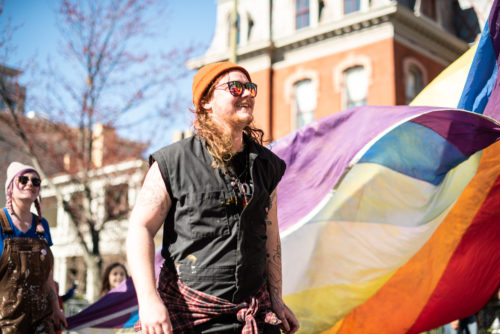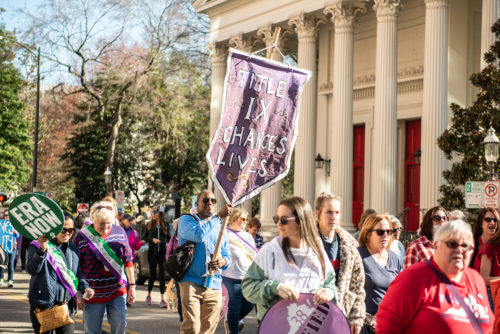“Is the 28th Amendment (Equal Rights) for all of us?”
- Absolutely. Gender discrimination negatively impacts all Americans.
- Women of color in particular experience the oppression women in America face in conjunction with racial inequalities. Because of this, gender discrimination against women of color is more profound. For example:
- In a recent study of minority women practicing law only 2% of equity partners were women of color, the same percentage as 20 years prior (source, ABA Journal)
- As compared to White women, women of color experience far greater rates of maternal mortality (source, New York Time/CDC)
- Black women – 3.3 times more likely to die
- America Indian or Alaskan Native women – 2.5 times more likely to die
- In comparison to the average pay of White men, the pay gap for women of color is as follows (source, AAUW):
- Asian women – 90%
- Black women – 62%
- Native Hawai’ian or other Pacific Islander women – 61%
- America Indian or Alaskan Native women – 57%
- Latina women – 54%
- Women of color experience implicit bias during healthcare provider visits (video, Now This News) and a healthcare gap (source, The Hill)
- 37% of Latinas lacked health coverage in 2013
- 33% of Black women lacked health coverage in 2013
- 12% of White women lacked health coverage in 2013
- Rates of Intimate Partner Violence (IPV) are higher among women of color than they are for White women (source, Women of Color Network)
- Our society’s historical narratives systematically omit women, especially women of color. Less than 3% of the words in history textbooks are specifically about women and only 5% of all images of historic figures are women of color (source, “Truth Be Told” digital exhibit at evoke.org).
- Increasing the number of women of color in positions of power is the best way to reduce the twin evils of systemic racism and gender discrimination. Women of color make up only 9 percent of the 116th Congress (source, Rutgers).
- In its 6-3 ruling in Bostock v Clayton County (2015) the Supreme Court clarified the legal meaning of the term “sex discrimination.” In the majority opinion Justice Neil Gorsuch defined sex discrimination as including both gender identity discrimination and discrimination on the basis of sexual orientation (source, Advocate). Although this opinion referred to a federal law, it is widely assumed this interpretation will apply to the 28th Amendment.
- Women in less economically valued jobs show some of the largest health harms from gender discrimination (source, The Conversation).
- The VoteEqualityUS campaign is inclusive. With a wide variety of groups focused on our shared goal of gender equality, we will make progress together.
ADDITIONAL FAQs




